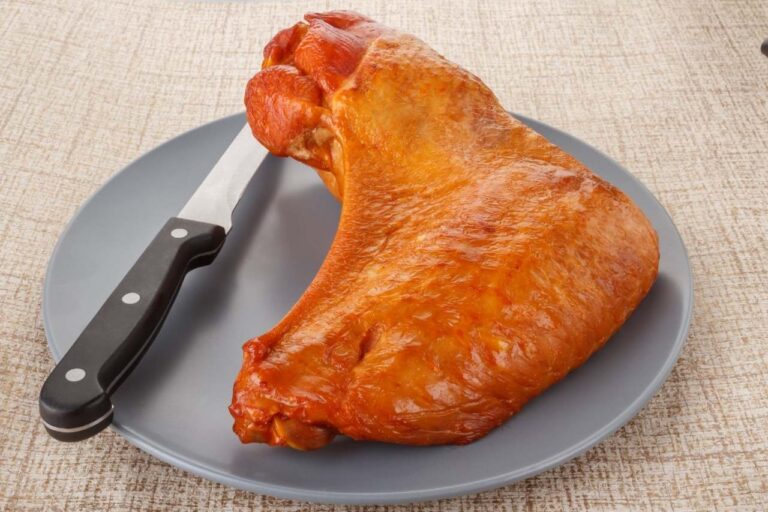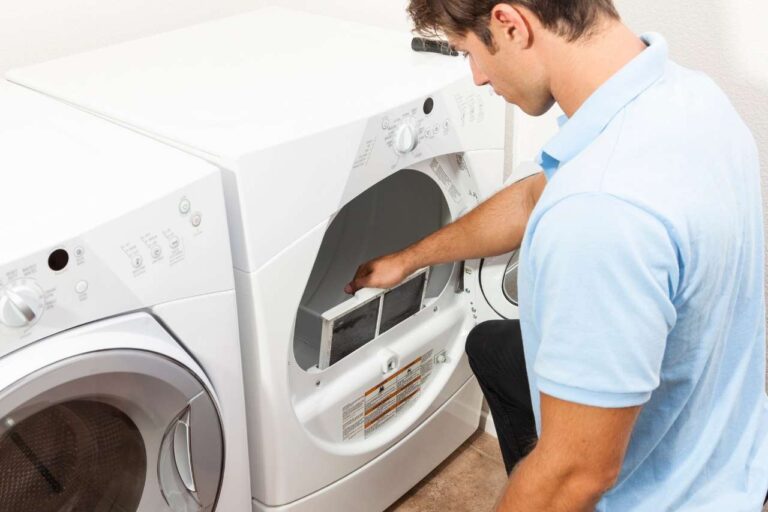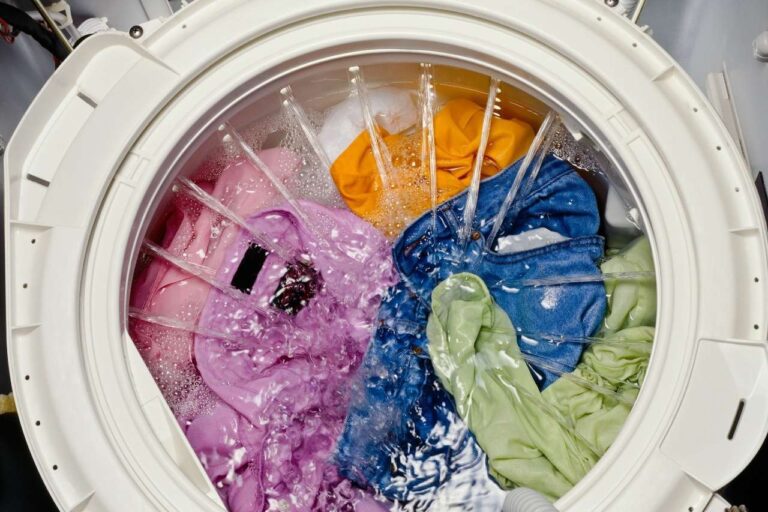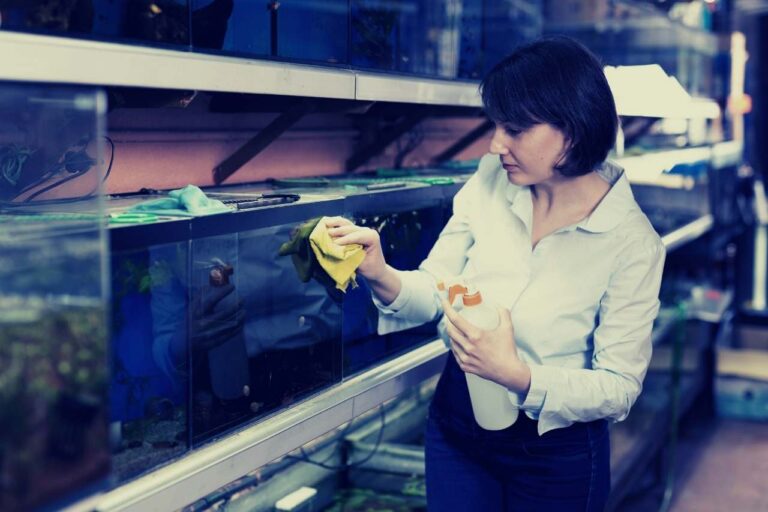Unless you’ve spent some time in the kitchen, you’re probably familiar with the various pans, pots, and utensils used while cooking, frying, or broiling. You or someone you recognize may have had or used a Greenpan or equivalent ceramic-coated cookware. These pans are pretty versatile and may get used for various cooking methods. But what if you’re wondering how to clean a green pan? Continue reading to learn everything there is to know about the green pan.
What Is Ceramic Cookware?
Let’s look at some ceramic history before we get into how and when to clean the burnt Green pan. Ceramics have got used in cooking for an extended period. Ceramics have been used for heating, braising, and simmering throughout human history for thousands of years.
Metallic cookware with an interior ceramic coating is the most common type of ceramic cookware. These pans have a metal base. Because of their non-stick qualities, ceramic coatings are ideal for cooking. The Green pan is among the most beautiful ceramic-coated pans available today.
Santoku vs chef knife. Take A Minute And Read Our Take Here.
What Is A Green Pan?
So, first of all, what is a green pan? The Green Pan is composed of multilayer stainless steel coated with the brand’s unique ceramic non-stick coating. Ceramic cookware gets thought to distribute heat evenly, and this set’s bestseller pans are safe to use on any stovetop.
It may also be cooked inside the oven or under the broiler at degrees up to 600°F. Following are the details related to the green pan:
-
Design
The styles range from sleek black with gold-tone grips to elegant brushed stainless and high-sheen pastels in GreenPan’s over a dozen collections.
-
Exterior
Hard-anodized metal gets used to make the GreenPan line. This substance adds to the pan’s durability, allowing rapid and uniform heating and excellent heat retention.
-
Interior
Because of the Thermolon coating, a ceramic non-stick substance that is PTFE and PFOA-free, many GreenPan interiors are gleaming dark grey. Traditional non-stick get replaced by Thermolon, which is a more realistic option. If accidentally overheated, it does not emit poisonous gases, and it has got thoroughly tested to assure its safety.
-
Performance
GreenPan heats rapidly and evenly, so the burner rarely turns above medium. In truth, for most recipes, low temps are sufficient. Use high heat only to sauté and brown the meat, then reduce to moderate for the remainder of the cooking. It’s ideal for omelets, sautéed vegetables, fish, and chicken since its cooking surface is non-stick.
How To Clean Green Pan?
Green pans, as well as other ceramic-coated pans, may be washed in the dishwasher. However, cleaning and maintaining them by hand is preferable. To avoid scratching and overheating, we usually clean by hand.
Cooking oil, foodstuff, and grease can melt to the coating if kept on high heat. Dark burn marks may appear on your pan as a result of this. Also, regular soap may not be sufficient for the job. Follow the steps below for How To Clean A Green Pan
- Remove the excess food particles from the pan by rinsing it well. For harsh food particles, soak over a few hours.
- Put the pan on the stovetop and fill it with water or mix one water and four parts vinegar.
- Heat the pan over low flame until it begins to bubble.
- Cook for approximately five minutes on low heat.
- Allow time for it to cool.
- Wipe the burned-on material from the ceramic surface with a sponge and repeat until it is spotless.
How To Cook Pre Smoked Turkey Wings Using Different Methods. Read HERE.
Drawbacks Of Green Pan
Green pans offer many advantages, but they also have a lot of disadvantages. Here are some disadvantages to examine before making a purchase:
-
Price
GreenPan cookware is more costly than other non-stick pans using PTFE (Teflon) coating due to the high Thermolon non-stick coating.
-
Limited options
GreenPan cookware is all non-stick. While it provides good food release, other cookware such as stainless, cast iron, or carbon steel should get purchased from other companies.
-
Longevity
Some argue that GreenPan’s ceramic coating doesn’t last as long as just a high-quality conventional (PTFE) non-stick coating when it comes to durability. GreenPan’s coating lasts longer than other ceramic coatings in my tests, but it’s not as much as PTFE non-stick coverings.
-
Versatility
Although all of the collections are oven-safe, several are only safe at low temperatures and may not get suitable for all recipes.
-
Performance
According to several home chefs, food clings to the frying pans, even though the surface greases with oil.
-
Induction compatibility
Induction cooktops are not suitable with several GreenPan collections. Read the tiny print before purchasing cookware when you have an induction stove.
Why Should You Buy A Green Pan?
You should go to the green pan if you want the following things and not worry about How To Clean A Green Pan
- You want ceramic non-stick cookware that can get used in the oven.
- You’re looking for ceramic non-stick cookware from a reputable manufacturer, and money isn’t a concern.
- You want non-toxic, environmentally friendly cookware that produces 60% less CO2 in the environment than typical non-stick cookware.
- You want a company that promotes environmentally friendly techniques; GreenPan uses repurposed stainless steel and aluminum whenever feasible.
- You want a wide range of building and design options.
- You want ceramic non-stick cookware that prominent chefs have endorsed.
Final Thought
To sum up, care of the quality cookware used in the kitchen is critical. Green pan and ceramic-coated pans are unquestionably the best alternatives available. These pans are simple to use and are excellent substitutes for standard pans.
Non-stick Greenpan cookware features an advanced coating that you can rely on. These goods are coated and treated with Thermolon. This safe, even-heating material enables a completely stress-free cooking experience. Browse out on Amazon if you’re ready to purchase and want to browse more comments and see current prices.









